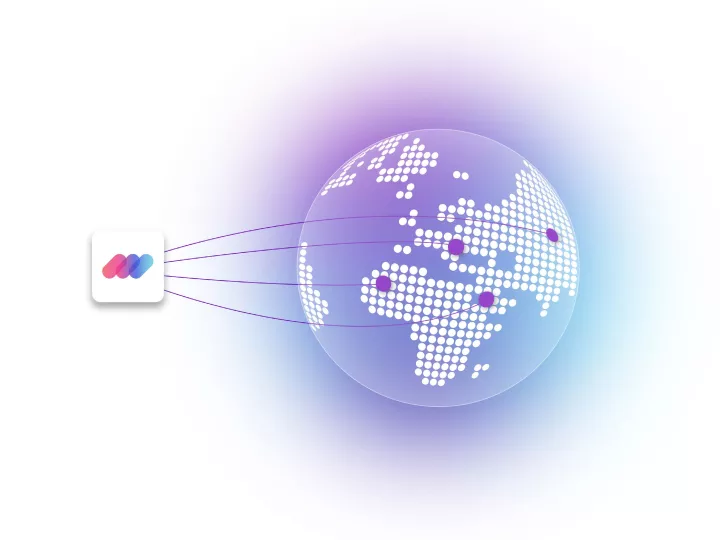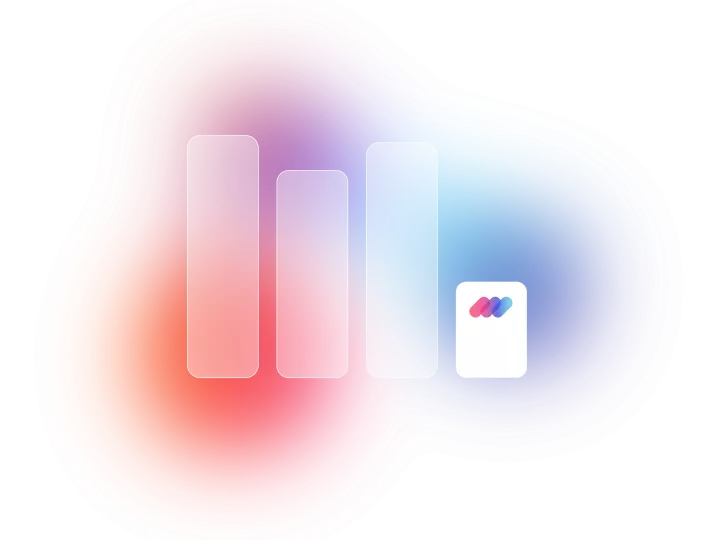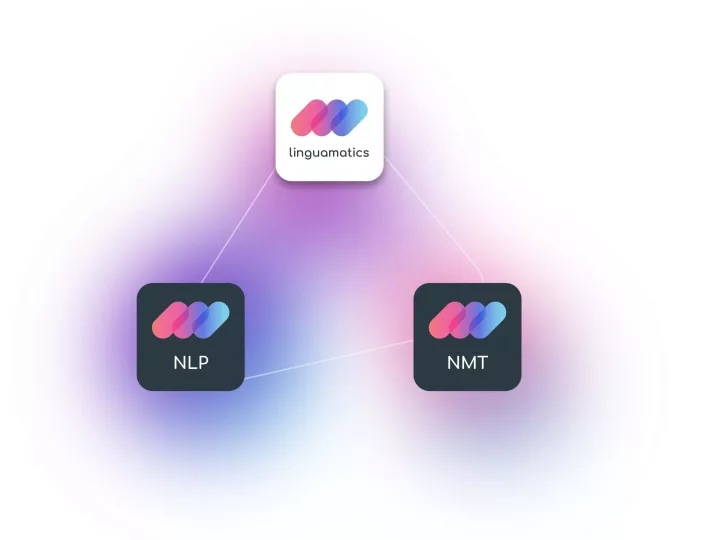AI-enabled language & translation solutions
We help healthcare & life sciences to innovate, automate and scale, simply and cost-effectively through industry-leading AI & translation solutions
We help healthcare & life sciences to innovate, automate and scale, simply and cost-effectively through industry-leading AI & translation solutions
Linguists, Subject Matter Experts (SMEs) or AI-NMT-driven: access Linguamatics’ translation solutions specifically built for healthcare & life sciences workflows in seconds through a user-friendly portal or within your ecosystem.

Globalization offers many challenges; high cost should not be one of them. Run global activities more efficiently with Linguamatics’ fit-for-purpose & cost-efficient language delivery models.

By choosing Linguamatics' Healthcare NLP, Neural Machine Translation (NMT) and the best linguistic AI in the market, you team up with 20+ years of experience in AI designed for healthcare operations. Out of the box models include: social determinants of health, adverse event detection, and many others.

Linguistic technology and expertise are too often industry agnostic. Linguamatics challenges the status quo and designs solutions that help companies step into the future of healthcare and life sciences: responsive, decentralized, global, cost efficient and inclusive.